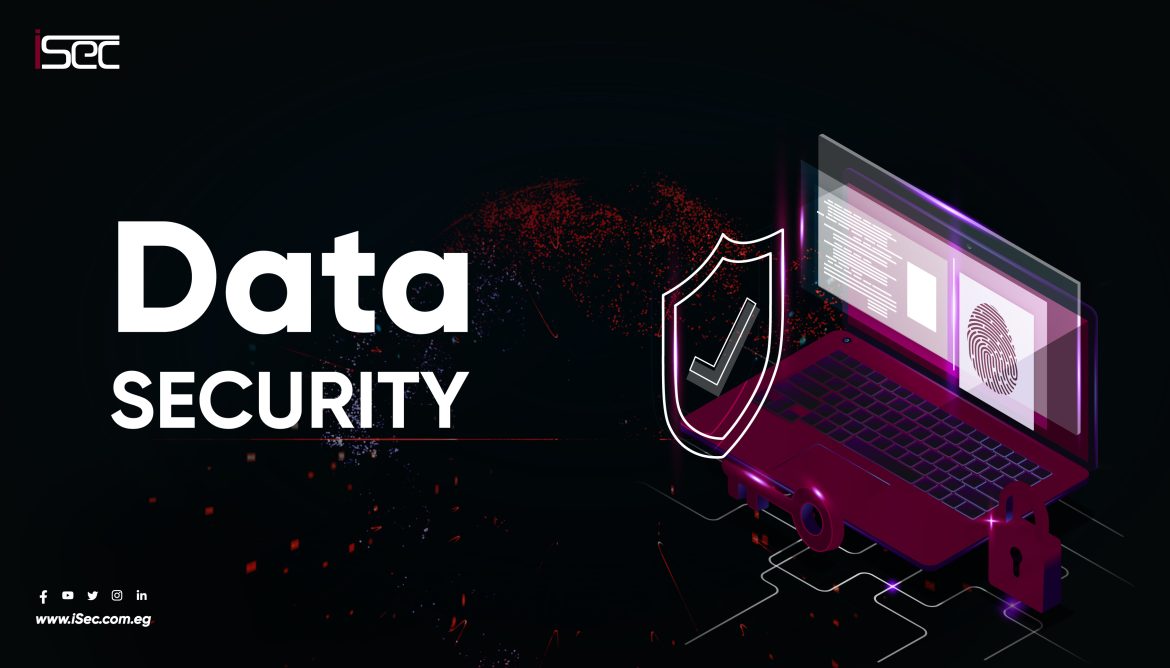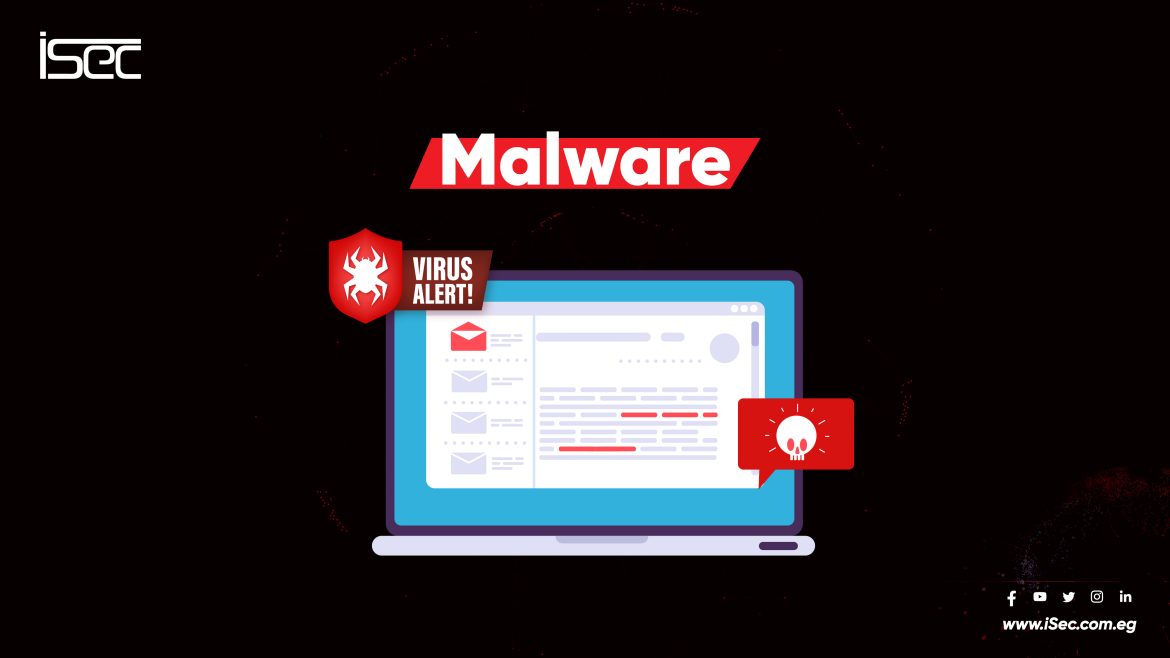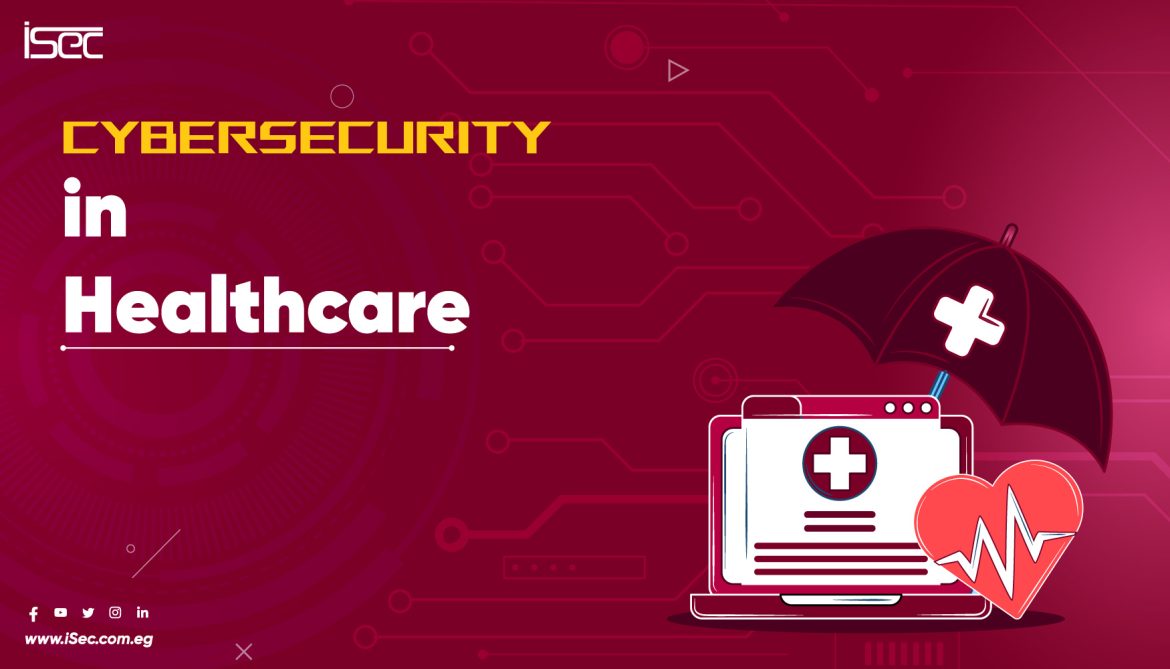Understanding Data Security: Why It Matters More Than Ever
In today’s digital age, data security has become one of the most critical elements of any organization’s IT strategy. With increasing volumes of sensitive information being created, stored, and transmitted every day, ensuring that data is protected from unauthorized access and corruption is essential for maintaining trust, compliance, and operational continuity. What Is Data Security?
- Published in Blog
Malware
In today’s digital age, cybersecurity has become a critical concern for individuals and organizations alike. One of the most pervasive and damaging threats in this domain is malware. Short for “malicious software,” malware is designed to disrupt, damage, or gain unauthorized access to computer systems. This article delves into what malware is, its various types,
- Published in Blog
Cybersecurity in Telecommunications: Protecting the Backbone of Modern Communication
As one of the most critical infrastructures globally, the telecommunications industry plays a vital role in keeping people and businesses connected. From voice calls to data services, the telecom sector facilitates nearly all aspects of digital communication, making it a prime target for cyberattacks. With the rise of 5G, IoT (Internet of Things), and cloud-based
- Published in Blog
Cybersecurity in Energy and Utilities
The energy and utilities sector forms the backbone of modern society, providing essential services like electricity, water, gas, and other critical resources that power homes, businesses, and industries. As this sector becomes increasingly digitized, it also becomes more vulnerable to cyberattacks. Cybersecurity is, therefore, a paramount concern in ensuring the safety, reliability, and continuity of
- Published in Blog
Cybersecurity in Retail and E-Commerce
The rapid growth of e-commerce and the digital transformation of retail have revolutionized the way consumers shop, giving them the convenience of browsing and purchasing products from anywhere in the world. However, this digital shift has also made the retail sector a prime target for cybercriminals, eager to exploit vulnerabilities in online platforms and payment
- Published in Blog
Incident Response Automation
In today’s rapidly evolving digital landscape, cybersecurity incidents are not a matter of “if,” but “when.” With the increasing complexity and frequency of cyber threats, traditional manual incident response methods are often insufficient to effectively combat these threats. This is where incident response automation comes into play, revolutionizing the way organizations handle cybersecurity incidents. This
- Published in Blog
Cybersecurity in Healthcare
In an age where technology is deeply embedded in the fabric of healthcare, cybersecurity has become a critical component in protecting patient data and ensuring the smooth operation of medical facilities. As healthcare organizations continue to adopt digital solutions, the importance of robust cybersecurity measures cannot be overstated. This article delves into the challenges, importance,
- Published in Blog
Deception Technologies in Cybersecurity
In the ever-evolving landscape of cybersecurity, traditional defense mechanisms are often not enough to thwart sophisticated cyber threats. As cybercriminals become more adept at bypassing conventional security measures, organizations need to adopt innovative strategies to protect their valuable data and systems. One such cutting-edge approach is the use of deception technologies. What are Deception Technologies?
- Published in Blog
DDoS attacks on IoT devices
In recent years, the proliferation of Internet of Things (IoT) devices has brought unprecedented convenience and connectivity to our lives. From smart thermostats to wearable fitness trackers, IoT devices have become integral parts of our daily routines. However, with this increased connectivity comes a heightened risk of cyber attacks, including Distributed Denial of Service (DDoS)
- Published in Blog
Signs You’ve Been Hacked on Your Mobile Device: What to Look For
In today’s digital age, our mobile devices have become indispensable tools for communication, productivity, and entertainment. However, with the convenience of mobile technology also comes the risk of cyber threats and hacking attempts. Being aware of the signs of a hacked mobile device is crucial for protecting your personal information and sensitive data. In this
- Published in Blog










